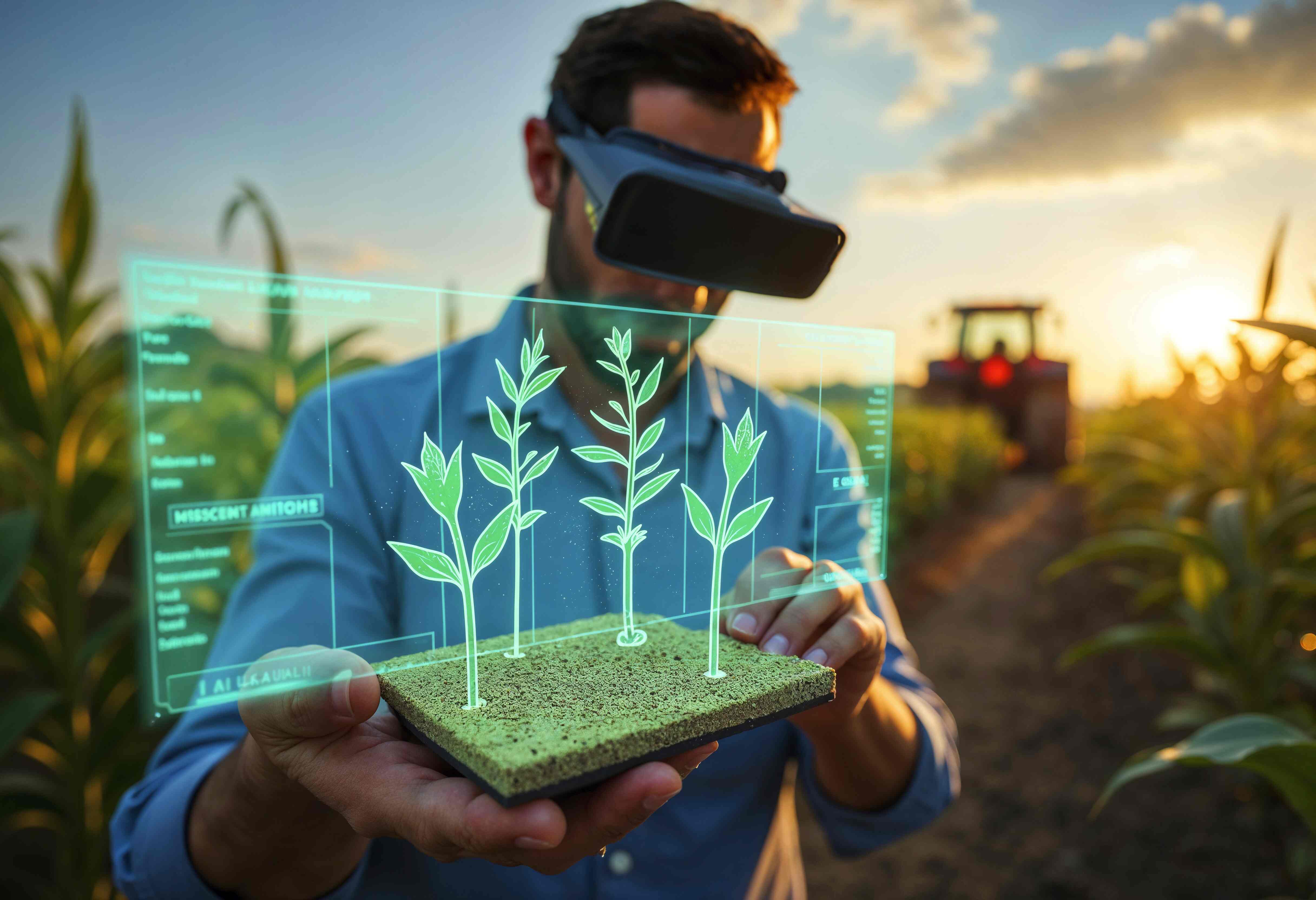AI in Rural India: From Smart Farming to Healthcare – A Transformational Journey

In the landscape of India national news, few stories are as promising and transformative as the rapid integration of Artificial Intelligence (AI) into rural India. Traditionally, rural areas have faced challenges such as limited healthcare access, unpredictable agriculture outputs, and lack of infrastructure. However, the rise of AI-powered solutions is reshaping these challenges into unprecedented opportunities, marking a new chapter in rural development.
This post explores how AI is driving innovation in rural farming and healthcare, bringing hope to millions of Indians and becoming a key topic in breaking national news
The Rural Reality: Challenges That Demand Innovation
India’s rural population accounts for nearly 65% of its total population, making rural development crucial for the nation’s overall progress. However, rural areas face persistent issues:
Agriculture Dependency: Over 50% of rural households depend on farming, often affected by unpredictable weather, pest attacks, and limited access to advanced farming techniques.
Healthcare Gaps: Rural healthcare infrastructure remains underdeveloped, with limited medical staff, poor diagnostic facilities, and long travel distances to hospitals.
Digital Divide: Although smartphone penetration is growing, many villages still struggle with consistent internet access and digital literacy.
It is in this context that AI is emerging as a catalyst for change.
AI in Smart Farming: Cultivating a Digital Revolution
AI technologies are being used to revolutionize farming in rural India, tackling challenges at every stage of the agricultural cycle.
1. Precision Farming Through AI
Precision farming uses AI algorithms and sensors to analyze soil health, moisture levels, and crop growth in real time. Farmers receive customized advice on:
Optimal irrigation schedules
Fertilizer application based on nutrient needs
Pest and disease detection using image recognition on smartphones
For example, startups like CropIn and Fasal are empowering farmers with AI-driven insights, helping increase crop yields and reduce wastage. These solutions have already made headlines in India national news for improving farmer incomes and sustainable practices.
2. Weather Forecasting & Risk Management
AI models use satellite data and weather patterns to provide accurate forecasts. Early warnings help farmers prepare for droughts, floods, or storms, minimizing crop losses. This integration of AI is crucial, especially in the face of climate change impacts on agriculture.
3. Supply Chain Optimization
AI also improves the agricultural supply chain by predicting demand and prices, optimizing harvest timing, and reducing middlemen exploitation. Digital marketplaces powered by AI connect farmers directly to buyers, ensuring fair prices.
AI in Rural Healthcare: Bridging the Accessibility Gap
Healthcare remains a critical concern in rural India. AI innovations are bringing affordable, efficient, and accessible medical care closer to remote communities.
1. AI-Enabled Diagnostics
AI-powered diagnostic tools enable early detection of diseases with minimal infrastructure. Portable devices equipped with machine learning algorithms can analyze blood samples, detect tuberculosis, and screen for diabetic retinopathy.
Telemedicine platforms integrated with AI facilitate remote consultations, diagnosis, and treatment plans, helping rural patients avoid long travels to cities. This has been an important development featured in recent breaking national news.
2. Predictive Health Monitoring
Wearable devices and mobile apps use AI to monitor chronic conditions like hypertension and diabetes, alerting patients and caregivers in real time about health risks. This proactive approach is crucial for rural populations with limited access to continuous medical supervision.
3. Health Awareness and Education
AI chatbots and voice assistants in regional languages are spreading awareness about hygiene, nutrition, vaccination, and maternal health, overcoming literacy barriers.
The Role of Government and Private Sector
Recognizing AI’s potential, the Indian government has launched several initiatives targeting rural AI adoption:
The Digital India campaign emphasizes digital infrastructure expansion, crucial for AI deployment.
The National AI Strategy by NITI Aayog highlights AI applications in agriculture and healthcare, with pilot projects in villages.
Public-private partnerships are accelerating AI-based startups’ efforts to serve rural markets.
For instance, AI-driven agricultural platforms receive government support for training farmers and integrating AI tools with existing rural institutions.
Challenges and the Road Ahead
Despite promising advances, several challenges need addressing for AI to fully realize its potential in rural India:
Infrastructure Limitations: Consistent electricity, internet connectivity, and hardware availability remain hurdles.
Digital Literacy: Training farmers and rural populations to use AI tools effectively is essential.
Data Privacy and Security: Handling sensitive health and farm data securely is critical to build trust.
Affordability: AI solutions must be cost-effective and scalable for widespread adoption.
Tackling these issues will require coordinated efforts among government bodies, tech companies, NGOs, and local communities.
Conclusion: AI as a Game-Changer in Rural India
The integration of AI in rural India is not just a technological advancement—it is a transformative force that could uplift millions of lives. From smart farming solutions that ensure better yields and sustainable practices to AI-powered healthcare providing timely and accessible medical services, AI is redefining rural development.
In the context of India national news, these innovations are a bright beacon of hope, reflecting the country’s drive toward inclusive growth and technological sovereignty. As these stories continue to make breaking national news, they inspire confidence that rural India will not be left behind in the digital revolution.
The journey of AI in rural India is just beginning, but the signs are clear: the future of agriculture and healthcare lies at the intersection of tradition and cutting-edge technology.










